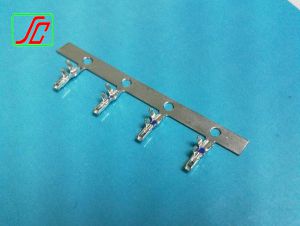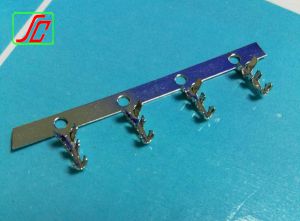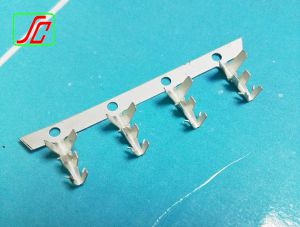A new perspective on technology - the future of connectors
The ability to create functional electronics directly from 3D printers opens the door to the widespread use of 3D printing technology, including consumer electronics and even military applications. These products require careful control of the process to create individual data from smartphones to missiles, but the precise multi-data 3D printing process allows the connectors to be embedded directly into the circuit, eliminating the need for separate assembly of sensitive components, saving manufacturers time. And money, let them create complex electronic circuits while pressing buttons.
This multi-data 3D printing patent application process involves sintering a printed metal connector with a 3D printing polymer, allowing complex connectors to be printed in 3D, making it possible to print the model connector directly into the circuit. . The company said the process can also be used for 3D printing of uneven circuits and structured objects with embedded circuits. With this capability, the company believes that its new breakthrough will enable the creation of free electronics that cannot be realized with current circuit manufacturing technology.
This latest patent application is the latest in a series of technological advancements by Nanoscale, which has patented a new type of oxidation-resistant copper conductive ink in the past few months and introduced a new silver-grade nanometer called AgCite. Granular ink. These two patents enable 3D printing of functional electronic devices. Of course, these two excellent conductive 3D printing inks are part of the company's revolutionary change program for electronic 3D printing through its highly anticipated DragonFly 2020. The DragonFly 2020 is the first inkjet 3D printing device to print multi-layer PCBs for home use.
A company in Israel is a developer of 3D printing electronic systems and nanoparticle 3D printing inks, and has achieved new success. It has filed a patent application with the US Patent and Trademark Office for a new 3D printing multi-data object method, including electrical conductors and other 3D conductive wire objects.
These important technological advances have not been ignored by powerful investors. A week ago, the company received $1.3 million in funding from Israel's chief scientist to support the development of the DragonFly 2020 printer. This funding follows the initial funding of $10.9 million in June 2015 and additional funding of $2.2 million in November 2015.







